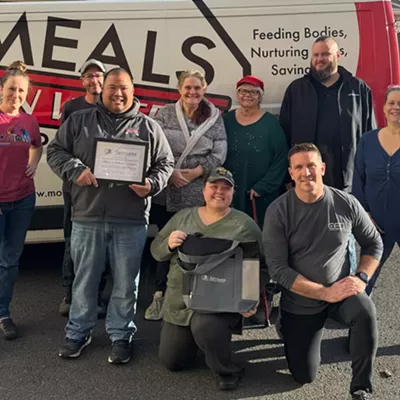It takes plenty of characters to build a Law and Order: Special Victims Unit plot: good guys, bad guys, cops, the bartender who saw the crime go down. But it could be some of the most minor roles that make the biggest difference to the viewer, according to new research from Washington State University communications professor Stacey Hust.
People who watch shows like Law and Order or CSI are more likely to step in if they see someone being sexually assaulted, according to Hust’s study, funded by WSU, co-authored with Emily Garrigues Marett of Mississippi State University and published in the Journal of Health Communication.
Crime dramas are among the most common shows in prime-time lineups, and often emphasize the importance of witnesses stepping in to help, Hust says. The theory is that, “These programs expose people to incidents of sexual assault, and they are able to identify that it’s a crime,” Hust says. “Exposure to crime dramas tells us there’s something wrong with this, and that it’s not appropriate behavior.”
If researchers can identify what it is about TV plots that encourages people to intervene, advocates could use those techniques in educating the public, Hust says. And, she adds, TV writers could drop more interventions into their scripts.
“If we see on television that doing this behavior is going to get us praise, acceptance and value among our peers, we’re more likely to do it in our own life,” says Hust. “Bystander intervention is key to sexual assault reduction because it creates an environment where [assault] is not tolerated.”


















